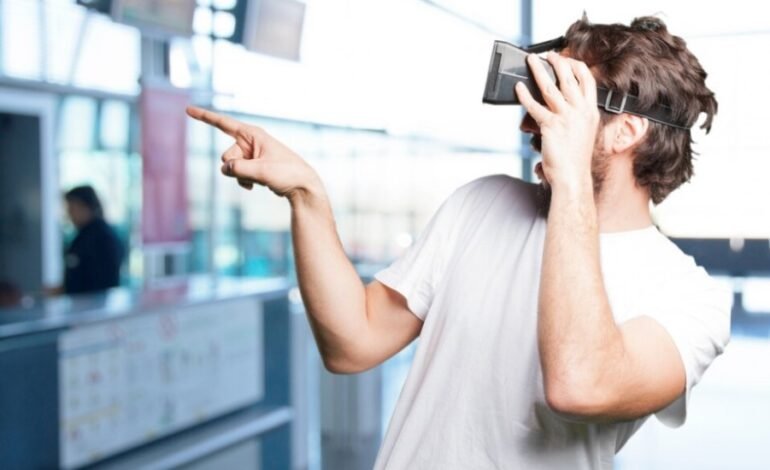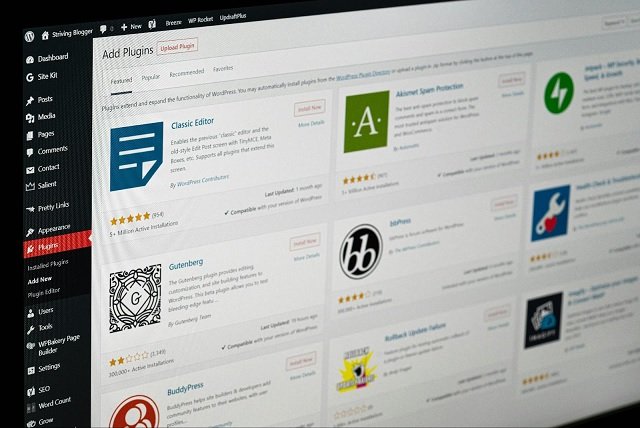What are interactive virtual tours in real estate?

Interactive digital excursions are revolutionizing the real estate industry by providing immersive, engaging stories for consumers of capacity. This era allows customers to explore residences remotely, supplying a comprehensive view of a space without needing physical presence. As the demand for progressive solutions in property advertising grows, interactive virtual tours have emerged as an integral tool for real estate professionals.
The Evolution of Real Estate Marketing
Traditionally, actual estate marketing relied heavily on static images, floor plans, and in-man or woman visits. While these strategies continue to be relevant, they’ve widespread barriers. Photos can be misleading, and floor plans frequently fail to convey an area’s proper sense. In-man or woman visits, even though powerful, are time-ingesting and only sometimes feasible, specifically for lengthy-distance shoppers.
The creation of the digital generation has brought about huge adjustments—initially, online listings with photos and basic descriptions were superior to the visibility of homes. The next enormous leap was the introduction of video tours, which furnished an extra dynamic view of houses. However, even films had barriers, as they supplied a linear enjoyment with confined interactivity.
Interactive virtual tours emerged as a game-changer, combining the advantages of photos, videos, and floor plans into a single, immersive experience. These tours use 360-degree photography, 3D modeling, and augmented reality (AR) to create a virtual environment that users can navigate at their own pace. This technology offers a realistic, detailed, and interactive view of properties, making it easier for buyers to make informed decisions.
The Technology Behind Interactive Virtual Tours
Interactive digital excursions rely on a combination of advanced technology to create a continuing person revel. Key components consist of:
360-Degree Photography
High-resolution cameras capture photographs from multiple angles, stitched collectively to create a breathtaking view. This permits customers to look around as if standing in the assets.
3D Modeling
Detailed three-D fashions of the assets are created using laser scanning or photogrammetry. These models offer accurate representations of the gap, such as dimensions, textures, and furniture.
Virtual Reality (VR)
VR headsets beautify the immersive revel using allowing customers to “walk” via their belongings. This generation is particularly beneficial for customers who cannot visit their belongings individually.
Augmented Reality (AR)
AR overlays virtual facts onto the real world, enabling users to visualize how distinct elements, including fixtures or decor, would look within the space. This feature helps buyers personalize the belongings to their taste.
Interactive Elements
Users can interact with numerous elements in the virtual excursion, which include clicking on hotspots to view extra facts, commencing doorways, and even converting the color of partitions. This stage of interactivity complements the person’s revel in and presents a deeper understanding of the belongings.
Architectural 3D Visualization Services
Architectural 3D visualization services play a crucial role in the creation of interactive virtual tours. These services involve the use of sophisticated software and techniques to create realistic 3D models of properties. The process begins with detailed architectural plans and blueprints, which are then transformed into 3D models.
Modeling
The first step in 3D visualization is creating a digital model of the belongings. This entails building a virtual replica of the shape, along with partitions, floors, ceilings, and other architectural factors. Advanced software like Cedreo, AutoCAD, Revit, and SketchUp are usually used.
Texturing
Once the simple version is created, textures are carried out to surfaces to simulate real-international substances such as wood, stone, glass, and fabric. This step is crucial for reaching a realistic appearance and experience.
Lighting
Proper lighting is essential for creating practical 3d visualizations. Techniques together with international illumination, ambient occlusion, and ray tracing are used to simulate herbal and synthetic mild assets. This provides intensity and realism to the models.
Rendering
The final step is rendering, in which the 3D model is processed to create excessive-decision images or animations. Rendering may be time-consuming, but it’s crucial for producing photorealistic visuals.
Architectural three-D visualization services are invaluable for property developers, architects, and entrepreneurs. They offer an in-depth and accurate representation of homes, permitting stakeholders to visualize the last product before creation begins. This is no longer the most effective aid in choice-making but also enables advertising properties to be more successful.
The Impact of 3D Virtual Tours on Real Estate
3D virtual tours have a profound impact on the real estate industry, offering numerous benefits for both buyers and sellers.
- Enhanced Engagement: 3D virtual tours are more engaging than traditional photos and videos. They allow potential buyers to explore properties interactively, which increases the time spent on listings and boosts interest.
- Increased Reach: Virtual tours eliminate geographical barriers, enabling buyers from different locations to view properties remotely. This is particularly beneficial for international buyers and those relocating to new cities.
- Time and Cost Efficiency: Virtual tours save time for both buyers and sellers. Buyers can narrow down their options without visiting multiple properties, while sellers can showcase their properties to a larger audience without the need for constant in-person showings.
- Better Decision Making: Interactive tours provide a comprehensive view of properties, helping buyers make informed decisions. They can explore every corner of the property, assess the layout, and visualize potential changes.
- Competitive Advantage: In a competitive real estate market, offering 3D virtual tours can set listings apart. Properties with virtual tours tend to attract more attention and generate higher interest compared to those without.
- Marketing and Branding: High-quality virtual tours enhance the overall marketing strategy. They can be integrated into websites, social media platforms, and online listings, providing a consistent and professional brand image.
Future Trends in Interactive Virtual Tours
- The future of interactive virtual tours in actual estate looks promising, with continuous advancements in technology riding innovation. Some emerging trends include:
- Artificial Intelligence (AI): AI can enhance digital tours by imparting customized studies. For example, AI algorithms can analyze consumer preferences and advocate properties that fit their standards.
- Machine Learning: Machine learning can enhance the accuracy of 3-D fashions and automate the advent procedure. This can lessen the time and fee associated with generating virtual tours.
- Augmented Reality (AR) Enhancements: AR technology is predicted to emerge as extra sophisticated, presenting functions like actual-time customization of residences. Buyers can visualize one-of-a-kind design options and make changes on the fly.
- Integration with Smart Home Technology: Virtual tours may combine with clever home structures, allowing customers to govern lighting, temperature, and protection functions inside the virtual environment. This can offer a more practical enjoyment and showcase the property’s technological competencies.
- Blockchain for Virtual Property Ownership: The blockchain era could revolutionize virtual property transactions, ensuring secure and obvious ownership statistics for virtual actual property.
- Immersive Storytelling: Future digital excursions may comprise storytelling factors to create a more enticing experience. Narratives, heritage music, and guided tours can decorate the emotional connection with the assets.
Conclusion
Interactive virtual excursions have converted the actual estate industry, imparting an effective tool for showcasing residences in an interesting and immersive way. The integration of superior technologies together with 3-D modelling, virtual truth, and augmented truth has set a brand new preference for property advertising and marketing. As the era adapts, virtual tours will become even more state-of-the-art, presenting unheard-of reviews for shoppers and sellers alike. The adoption of architectural three-D visualization offerings complements the greatness of these excursions, making them a crucial aspect of present-day present-dairy marketing strategies.










